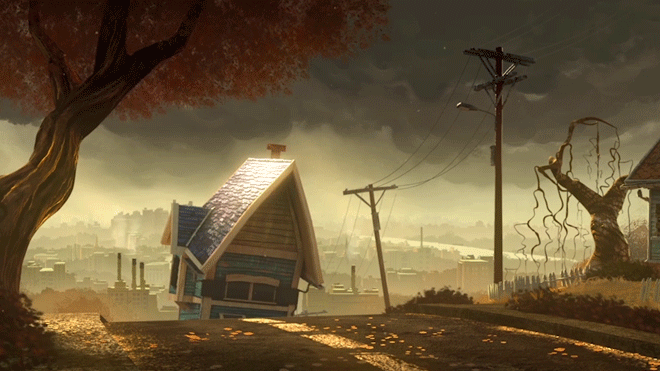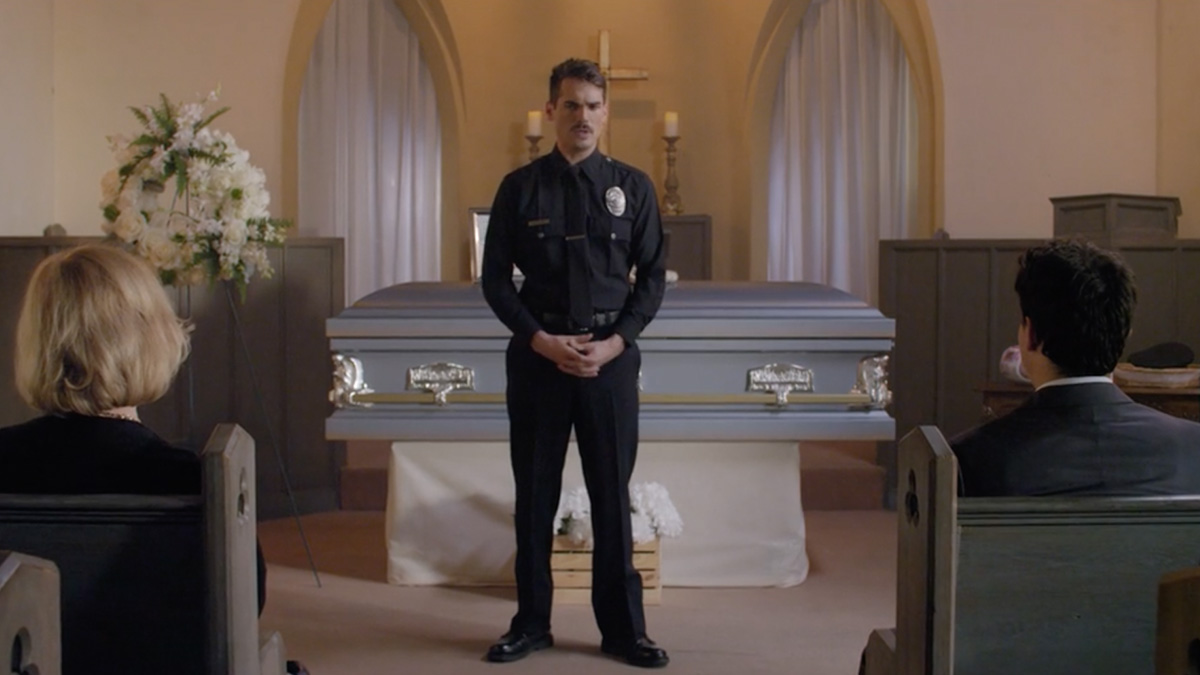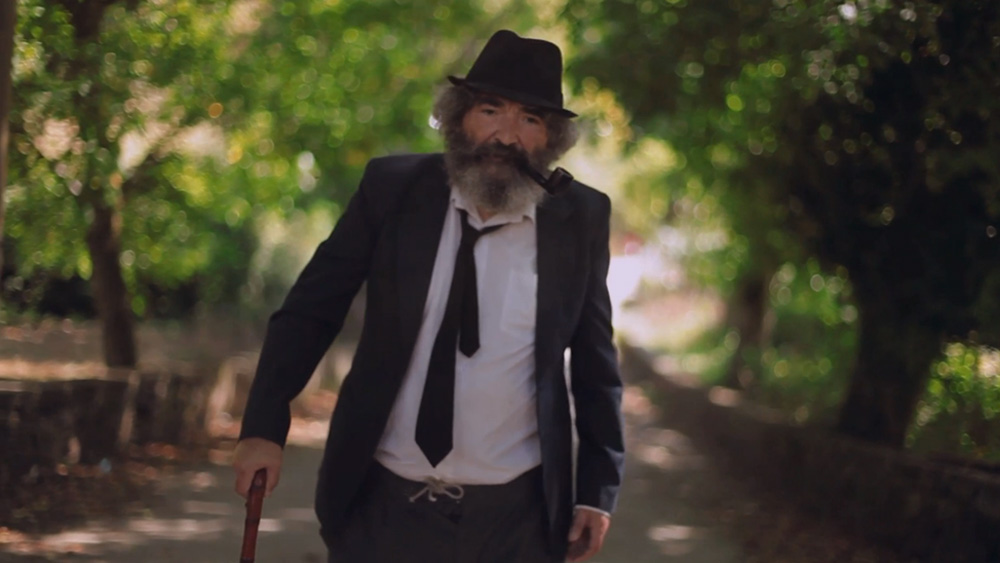Frank leaves his family in search of a new home
Picking up and taking off from your childhood town can be challenging, for you and your loved ones. ‘Duck’ explores a snippet of this difficulty as Frank’s journey to the West takes several unexpected turns. The Created by Max Kane and Joey Krulock, Max who wrote and directed, and Joey who acted and did the cinematography. Shot in a single camera position, the story progression took to a unique and creative perspective, taking the audience on an unexpected wild ride.
When I moved from Pennsylvania to Los Angeles in 2018, I left loving friends and family behind. I felt as though I had abandoned my parents, who had supported me my entire life, and my younger brother, who had just started high school. For me, it wasn’t just leaving home. My entire world – and everything I had ever known – was changing. DUCK is a reflection of the self-doubt and uncertainty I felt on my journey across the United States.
My goal for this film was simple: to tell a captivating story in a single frame. I knew that filming from one angle would allow Joey and I to pre-set light/sound before the shoot. As a result, I’d be given more time to focus on directing, and Joey would have the ability to fully explore his character.
For Max, the story came through after suffering a concussion during a sparring match at a local boxing gym. While watching tv, reading and looking at his phone was too painful, he spent his time laying in bed with a throbbing headache and imagining the story that shaped ‘Duck’. Once the production started, things didn’t go as smoothly as planned from day one.
Our anticipated three-week shoot ended up lasting three months. We had a unique set-up: camera mounted on our car hood, running to a power bank in the back seat, connected to a monitor, which I watched in the trunk while directing via walkie talkie. We placed four mini LEDs around the car, and used an iPhone light on Joey’s face. For sound, we taped a lav to the steering wheel and positioned a boom mic on the passenger seat.
We began our shoot on the east coast, then drove west. From day one, we realized the difficulty of shooting into a windshield. In order to shoot during the day, the sky needed to be totally clear or the windshield would be filled with glare. We couldn’t even press record for our first three scheduled days because of cloudy skies. We also had to find smooth roads where the sun was directly behind the car. Comparatively, shooting at night was much easier to pull off.
Joey’s car took a beating during the shoot. On separate occasions, his car battery died, and we had to get it towed after running over a curb. My grandmother also made the brisket sandwich that sat on the front dash throughout the film, and it never left its place until we wrapped. It started to stink by the end. And, for the last month of production, we drove with a shattered back window and glass covering the backseat. It still has yet to be cleaned.
The experience of putting this film together was invaluable. We traveled to new, breathtaking places around the US. Since we shot the film ourselves, it was like a crash course in production for me. And throughout lockdown, the edit kept us focused and sane. I feel privileged to have been able to work with Joey Krulock, who not only is a dedicated actor, but a master cinematographer and editor too.




